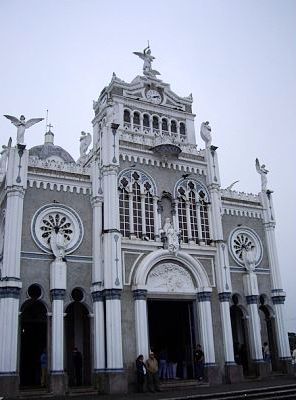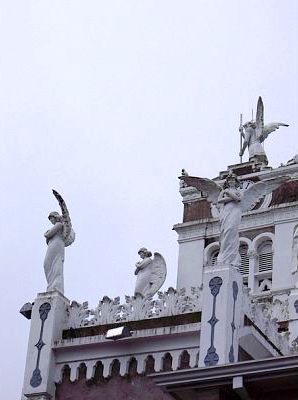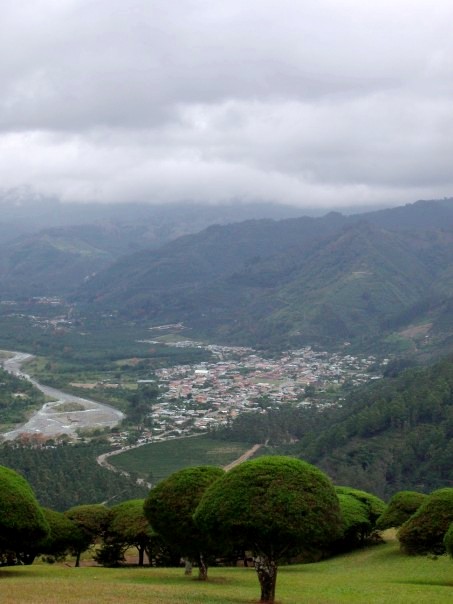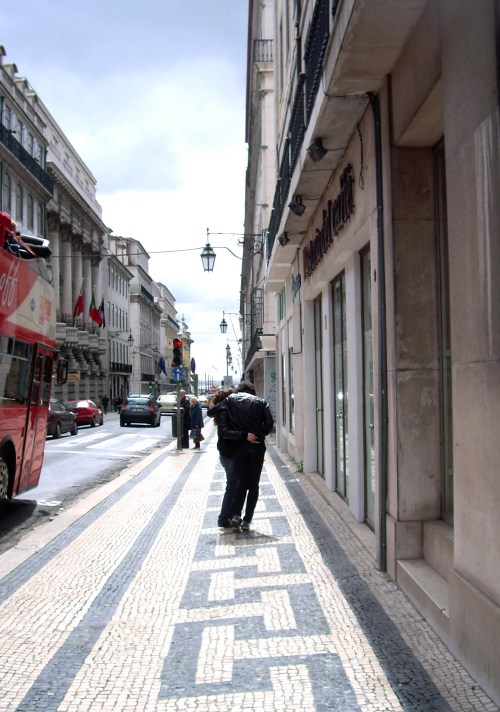Good work Missy and Kerry! You two were the closest to solving Mystery Snapshot 4. As Missy put it, “I saw the color of the sky and I knew it had to be Argentina.” To everyone who thought the photograph was of somewhere in the US, what a good reminder of how beautiful parts of our country can be! (And, for the record Tom, I have been to Colorado multiple times, so good guess.) But enough patriotism…
The name of the hills in the last mystery snapshot is Cerro de los Siete Colores (“Seven Color Hills”) in Purmamarca, Argentina (northwestern Argentina, very close to the Bolivian border). It is also referred to by some people as the Hill of Seven Skirts because the layers of colors mimic the long skirts that Andean women wear (I believe this is a very “unofficial” name).
Located in the Humahuaca Ravine in the province of Jujuy, Purmamarca is an indigenous village framed by the Cerro de los Siete Colores. It sits at an altitude of about 2,200 m and has become quite touristy due to the beautiful surrounding hills, which get their color from a variety of minerals in the earth. The varying pigmentation is due to the accumulation of sea, lake, and river sediments that have been deposited in the region over the past 600 million years. The mountains themselves are a result of tectonic movement over time. (In my very first entry, “Travels with Tavel has Finally Arrived” I posted a photograph of me wandering the streets of this town.)
Sadly, most of my time in Purmamarca was spent laying on the floor of a beautiful restaurant with my then-13-year-old-brother, dealing with altitude sickness and trying not to puke. Alas, not every travel experience can be a dream come true!
Earlier that day we had climbed (uhh, in a small bus) to an altitude of 4,200 m. On the way back down, with my blood sugar low and many twists and turns around cliff after cliff, I started to see stars (it was broad daylight) and began to sink into my seat. I knew what was coming. Unfortunately, I decided to spit out the mouthful of coca (yes, cocaine) leaves I had been instructed to chew in order to help adjust to the high altitude because I thought I had conquered the mountains. Around the time I began to turn green, I realized I was wrong. During our rather rapid descent from 4,200 m (just under 13,000 feet) into Purmamarca, I blacked out. Luckily, there was an emergency oxygen tank in the back of the van for this exact purpose and I even had an ex-Staten Island firefighter on board! Convenient, because let’s just say there probably was no hospital — or convenience store — in the mountains just outside Bolivia.
It actually happened pretty quickly. One minute, I was absolutely fine – just really, really hungry and thirsty. The next second I said “Mom, I think I’m about to pass out…” and then, sure enough, I felt my head detach from my body, my spine turn to jello, and my view went from exceptionally scenic to black.
Oops.
Now, what did my mom do as soon as I “came to” with an oxygen mask placed on my face?
1. Laugh at me.
2. Take a photo.
Thanks mom.
Besides the dizziness, I was able to enjoy Purmamarca’s quiet existence, with its small dusty streets, squat adobe homes, small old church, and shady main plaza. The clay-red village was serene against its much more striking landscape. All seven colors of the hills echoed in the clothing and pottery sold by indigenous villagers, whose toothless smiles were big and welcoming in the warm breeze.
While there isn’t much to do in Purmamarca besides wander the clay streets, admire the colorful surrounding hills, and enjoy some llama meat at one of the two surprisingly delicious and inventive restaurants, isn’t that why you (and everyone else) are there?
Here are a few more photographs of Purmamarca and the Cerro de los Siete Colores — a beautiful sight that I am more capable of enjoying now, through my photographs, since the hills have stopped spinning.

Cerro de los 7 Colores, Purmamarca, Argentina

Cerro de los 7 Colores view, Purmamarca, Argentina

Street view from indigenous town of Purmamarca, Argentina, framed by Cerro de Siete Colores
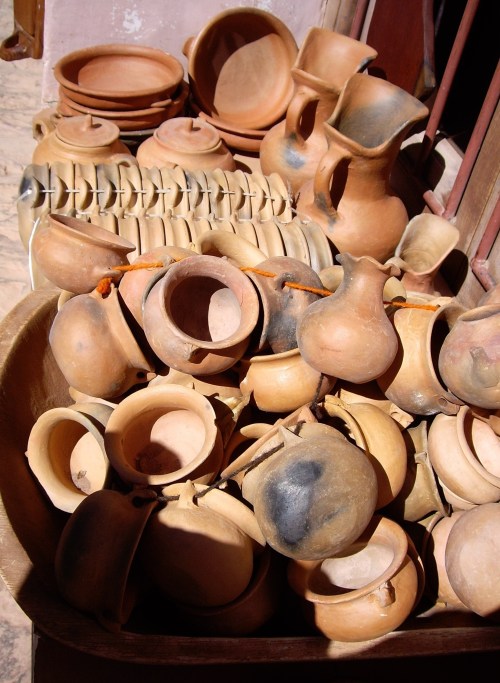
Clay pots in Purmamarca, Argentina

Mate gourds and bombillas, artisan market in Purmamarca, Argentina

Car and adobe home in Purmamarca, Argentina



